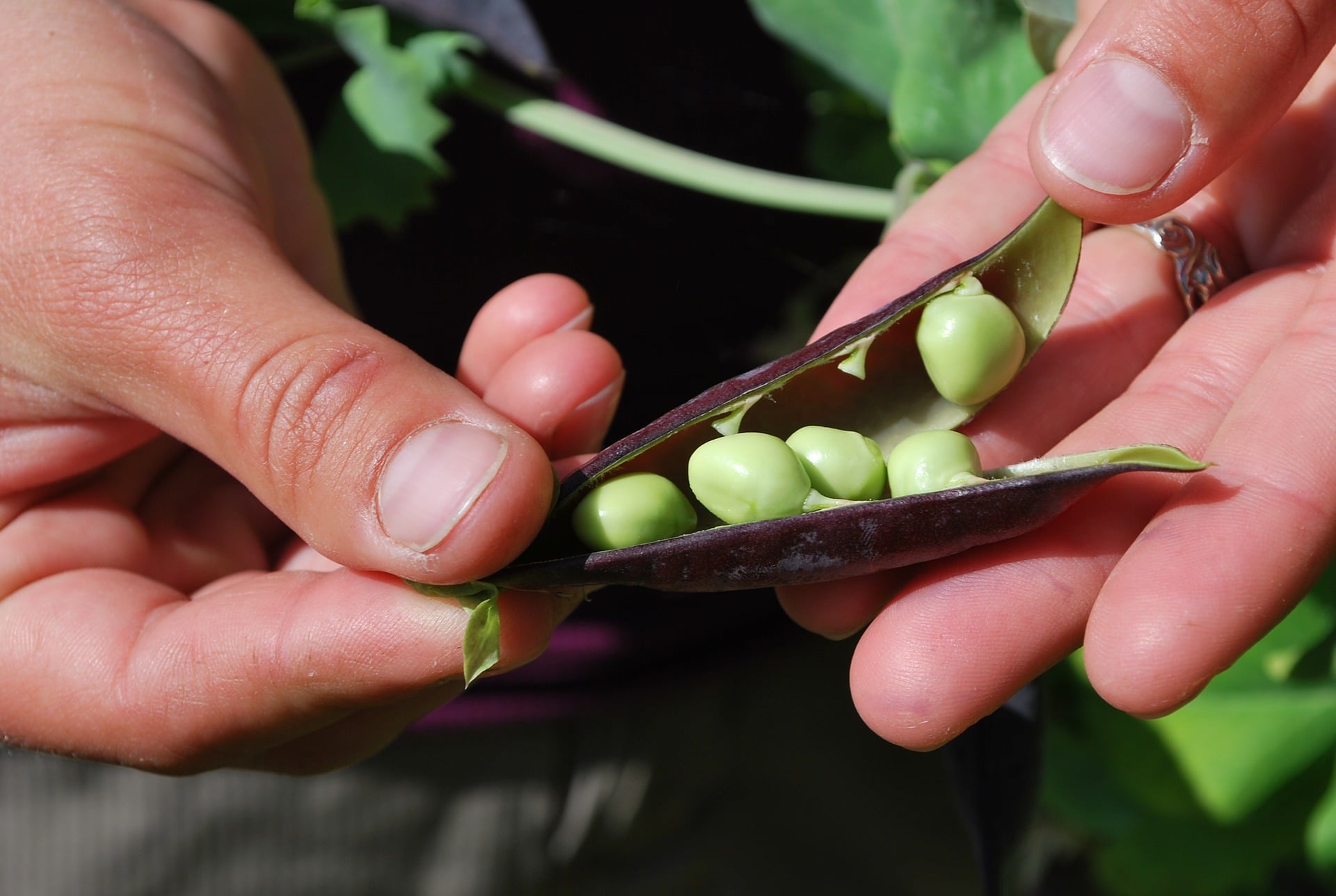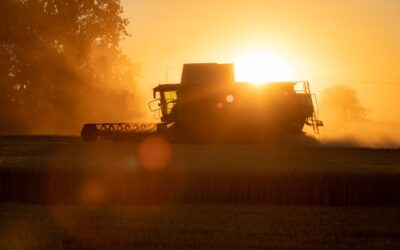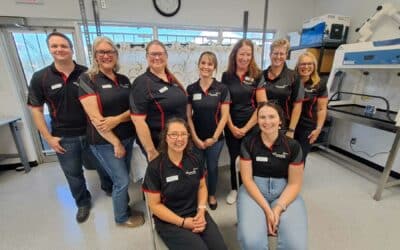In previous columns we covered the threats posed by fusarium, sclerotinia and aphanomyces.
Ascochyta is the next one we turn our attention to. In 2020, nearly 60 per cent of pea samples we received from Alberta tested positive for this destructive pathogen. It can also be quite prevalent in lentil and chickpea under favourable conditions, but 2020 was a pretty quiet year for ascochyta in those crops.
It’s not always so, however. In 2010, over 70 per cent of Alberta chickpea samples we tested came out positive. That same year, over 30 per cent of Alberta lentil samples we saw had the pathogen.
Three species of the ascochyta fungus can cause this disease: Ascochyta pisi, Ascochyta pinodella andAscochyta pinodes. Ascochyta pinodella is found in all pea growing regions. Ascochyta pinodes can attack field beans and faba beans as well as peas, causing significant yield loss in ideal conditions.
How much yield loss exactly? It depends. Average yield loss in an infected pea crop is about 10 per cent but can be as high as 50 per cent when conditions favour the disease.
Symptoms include lesions on all plant parts. Lesions start as small dark flecks on the lower parts of the plant and enlarge under humid conditions, often creating a target effect with alternating rings of gray and brown. Close inspection of these lesions may reveal small dark fruiting bodies.
Infection may also be present in the form of foot rot, a blackening of the stem and upper root where the seed is attached. Infected seed can be shriveled or discolored or, conversely, may be completely free of symptoms.
Infection originates from diseased seed or from spores growing on debris in the soil near your pea plants. Lesions expand rapidly under humid, warm conditions. Fruiting bodies are produced in the lesions after about two weeks and spores are spread by rain splash and wind to adjacent plants and fields.
Planting clean, disease-free seed is the safest method of control. Seed treatments should be used. Planting semi-leafless varieties promotes better ventilation in the crop and may help to reduce infection by lowering humidity.
Importantly, a four-to-five-year crop rotation should be followed, and peas should not be planted near fields that have been infected during the previous season. Foliar applications of registered fungicides can be helpful if treatment is applied before infection occurs.
Two-hundred seeds are surface sterilized to remove contaminants on the seed coat then placed on culture agar and incubated for seven days. An analyst examines the plates for the presence of ascochyta species. Colonies of these fungi are recognizable by the type and colour of the mycelium and the spore-bearing structures produced. The test takes a week to complete.
Like any disease, the amount present on your seed determines how severe a problem you might see pop up. As demand for pea grows, it’s a good idea to add ascochyta to your radar to ensure you don’t get hit with potentially devastating yield loss.






